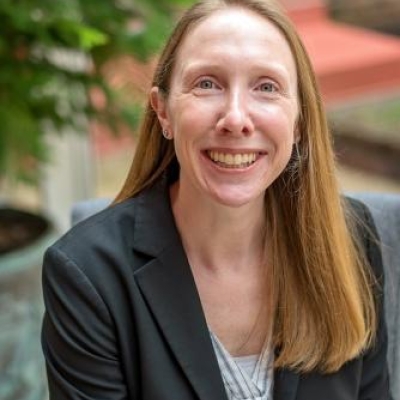Seriously?That’s what comes to mind after reading this piece in the Columbus Dispatch, which reports that a third school sponsored by the North Central Ohio Education Service Center (NCESC) has run into difficulties. The school seems to be having problems paying its bills, and the school leader has acknowledged that some staff walked off the job—not to mention that two NCESC-sponsored schools ceased operations in mid-October after State Superintendent Dick Ross stepped in because the schools failed to ensure a safe learning environment and to provide basic services for kids.
Every school encounters a few glitches here and there, especially if it’s new. But failing to pay the staff, teachers walking off the job, and vendors bailing because they aren’t being paid? These are not glitches, nor does this dysfunction seem to be confined to a single occurrence or school. According to the Dispatch, there are now—and it’s only October—three NCESC schools that have had difficulties well beyond your run-of-the-mill start-up issues. The entirety of the alleged situation is disconcerting at best.
For all of the charter schools and sponsors (i.e., authorizers) who are working to do it right, including Fordham, this ongoing circus tarnishes us all.
At the end of the November 5th Dispatch article, my first thought was, “How many more?” Would anyone be surprised if one of the four schools that, according to the Dispatch, NCESC chose to pick up after the schools’ previous sponsors cut ties with them bubbled to the surface with serious problems?
If this debacle doesn’t already have the eye of policy makers in Columbus, it should. Just as importantly, other Ohio sponsors need to take a stand and state that these situations are flat out unacceptable. Is the bar for quality sponsorship really this low? Maybe ten years ago it was, but I don’t believe that it is now, because I know and work with other sponsors in this state that are effectively executing their sponsorship work. It is past time, however, that we sponsors—and all charter school advocates—go on the record and agree that the myriad and significant issues of this variety, in multiple schools overseen by the same sponsor, are not reflective of the minimum level of competence that embodies quality sponsorship work or a quality charter school.
Until we come together around quality, problems such as these will continue to taint the credibility of our collective work. As charter supporters, when we turn a blind eye to clear lapses in quality, we hurt the movement and—more importantly—Ohio’s kids.



